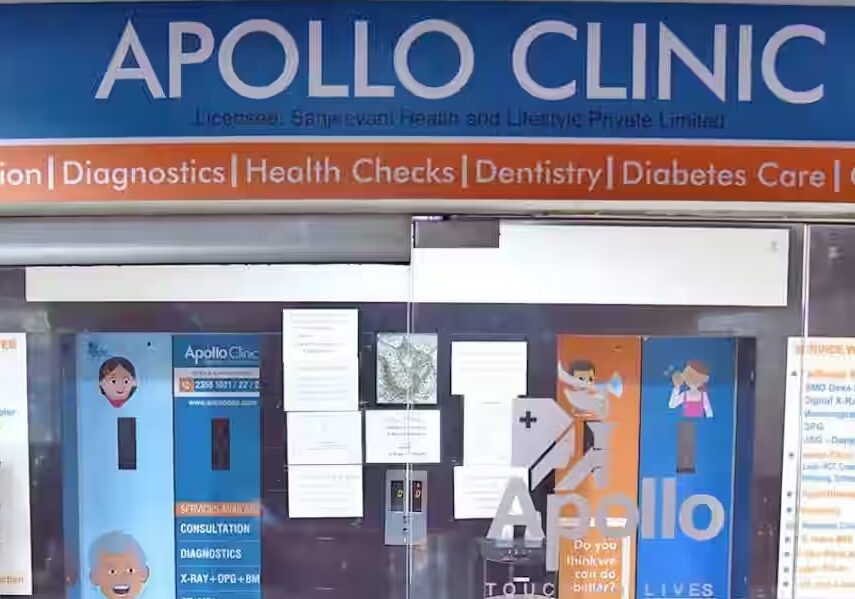
Seniors vary in terms of their wants and needs. Families should keep this in mind when considering senior living communities. What might be ideal for one senior family member won’t work for another. Knowing the options is essential when it comes to finding a community that fits the needs, preferences, and lifestyle of each person. What factors should be considered when making this critical choice?
The Senior’s Needs
Before exploring senior living communities, families should sit down and assess their loved one’s specific needs. Each person is unique, and knowing the specific needs of the individual helps narrow the choices. Determine their health requirements, as some seniors require daily living assistance, while others need specialized medical care. Evaluate their lifestyle preferences and try to anticipate their future needs. Many families seek a continuing care community, allowing their loved ones to transition between units as their care needs evolve rather than relocating to a new community.
Living Accommodations
When visiting senior living communities, evaluate the living spaces. Some communities offer private or shared accommodations, while others allow residents to choose between the two. Is the community’s layout designed to accommodate wheelchairs, walkers, and other mobility aids? All rooms should be clean and well-maintained. They should be well-ventilated and offer plenty of natural light.
Services
Most senior living communities include room and board in the monthly fee. Meal plans are designed to accommodate the dietary needs and restrictions of residents, and housekeeping and maintenance services are included. Ask about transportation options, as many communities provide transportation to and from medical appointments for their residents. Do they transport residents for other special activities?
Social and Recreational Activities
Look for a senior living community that offers a variety of social and recreational activities. Seniors might enjoy book clubs, fitness classes, or group outings to local attractions. Community events, such as holiday parties, are another thing families should consider when comparing different locations and facilities. These activities encourage friendships while reducing the risk of isolation and depression.
Safety and Security
Safety and security must be top priorities when comparing senior living communities. When visiting different communities, look for emergency response systems and other security measures in place. Accessibility features also keep residents safe and provide families with peace of mind.
Quality of Care
Staff training plays a significant role in the quality of care residents receive. Ask if staff members are certified in nursing or elder care. Learn the resident-to-staff ratio, as a lower ratio means each resident gets more individual attention. Staff members should be compassionate and caring when dealing with residents. Furthermore, ask how medical emergencies are handled to ensure loved ones will receive the best care possible.
Location
Finally, consider the location of each senior living community. The community should offer easy access to hospitals and other medical care facilities. Finding a community near grocery stores, recreational areas, and cultural attractions is also beneficial. Ensure the community is in a location where family members can easily visit, and determine whether there is access to major roads or public transportation. Doing so ensures the senior can remain connected to family, friends, and preferred amenities.
Families should begin exploring senior living communities long before a loved one needs this type of care. Doing so ensures they can learn about each community and make the right choice for their family member. This community will meet their needs while improving their quality of life. They’ll feel safe and supported, making their final days on earth enjoyable.

